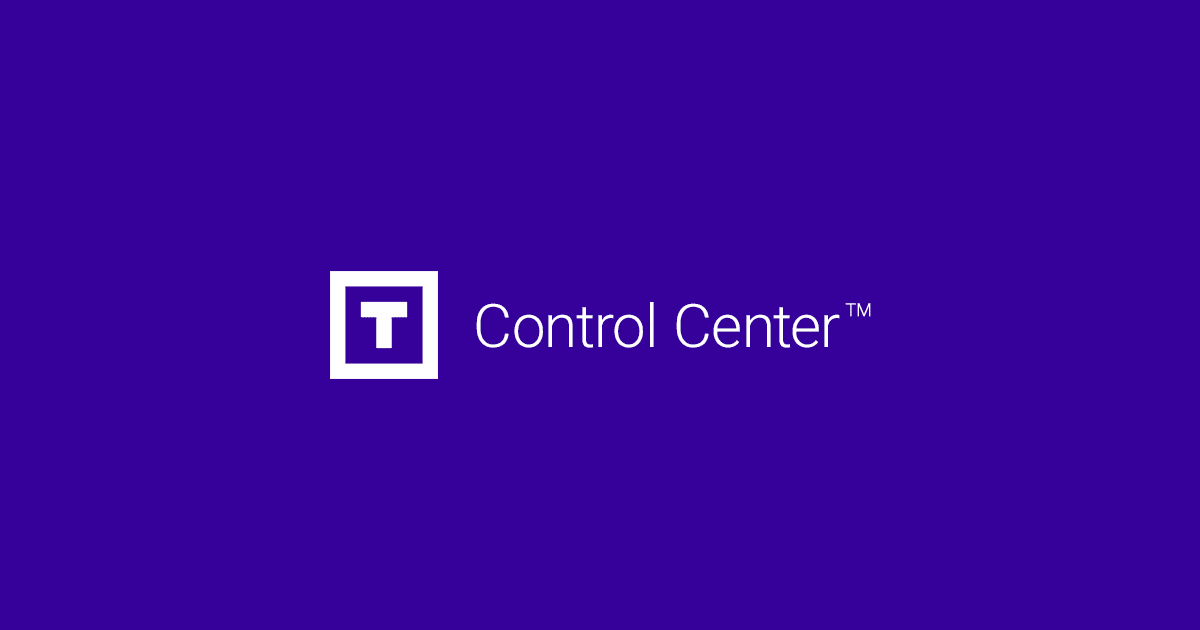
Nobody thinks about the database until it fails.
And when it fails, everything stops. The e-commerce site freezes in the middle of Black Friday. The mission-critical application stops responding. The IT team gets the emergency call. For the customer, the company just hung up a "Closed due to technical difficulties" sign.
Too often, management and IT teams are forced to operate on infrastructure that is merely "good enough." But in today's environment, "good enough" is synonymous with "about to fail."
The True Cost of Slowness
A total failure is obvious, but the most common problem is more silent: slowness.
A checkout process that takes three seconds longer than expected. An analytics report that takes minutes to load, not seconds. This isn't just a technical problem; it's a revenue and productivity drain.
Database performance isn't a luxury; it's the foundation of your business speed. Data accessibility at the right moment determines whether a customer completes a purchase or abandons their cart.
The Solution: An Architecture Designed for Mission-Critical Workloads
This is what defines the difference between a simple "data store" and a high-performance infrastructure designed to power mission-critical applications, e-commerce, and websites.
The solution isn't just "more speed." It's an ecosystem designed to eliminate bottlenecks and guarantee availability. This ecosystem is built on three pillars:
1. Sustained Performance (The Engine)
The performance of a mission-critical database cannot be variable. It must be constant and predictable, even under high demand. This is achieved with enterprise-grade hardware:
- Dedicated Resources: Performance isn't affected by "noisy neighbors." Having Dedicated CPU and RAM ensures all power is available for your applications.
- Elite Processors: The use of Intel Xeon Processors provides the computing power needed for complex queries.
- I/O Speed: High-Performance SSD Storage and network bandwidth of up to 12.5 Gbps eliminate read/write bottlenecks, allowing data to flow instantly.
2. Resilience and Availability (The Armor)
Performance is useless if the platform isn't secure or is down. High availability requires robust protection:
- Perimeter and Data Security: Proactive protection, like DDoS Protection, and native Data Encryption shield your information from external threats and breaches.
- Business Continuity: Recovery capability is fundamental. A combination of Free Automated Daily Backups and the flexibility of On-Demand Manual Snapshots ensures that data can be restored to an exact point in time, minimizing any disruption.
- Global Presence: A Global Infrastructure brings data closer to end-users, reducing latency and improving the customer experience in any region.
3. Operational Intelligence (The Service)
For IT leaders and managers, their team's time is the most valuable resource. This is where a Managed Database makes the biggest difference. Instead of your engineers spending hours on optimization, patching, backup management, and maintenance, they can rely on a platform that handles it for them. An Intuitive Dashboard allows for centralized management of the infrastructure, freeing up the team to focus on innovation.
The Real Impact: Stop Putting Out Fires
The greatest benefit of adopting an infrastructure at this level isn't the hardware; it's the transformation of the IT team.
When the platform is managed, secure, and stable, the IT team stops being a team of firefighters and becomes a team of architects. Valuable time is freed up from emergency patches and low-level query optimization. That time can be reinvested in the innovation that truly drives the business: developing new features, improving the customer experience, and scaling the operation.
For management, the conversation changes from "Why are we down?" to "What new opportunity can we seize?" The database infrastructure stops being a risk liability and becomes the silent engine that enables predictable and stable growth.
Infrastructure as the Solution: Helios™ by Tieriun
The difference between a reactive operation and a proactive business lies, fundamentally, in the infrastructure that supports it. At Tieriun, we have built our platform precisely to solve this challenge.
Our Helios™ family of services isn't just a database; it's a high-performance Managed Database platform. We recognize that mission-critical applications and e-commerce cannot rely on generic solutions. That's why we offer dedicated and optimized solutions for both Helios™ for MariaDB and Helios™ for MySQL.
Both platforms are designed from the ground up to power high-demand applications, e-commerce, and websites. When we talk about performance in this article, we're referring to the specific components that make up our offering:
- Computing power: Intel Xeon Processors.
- Access speed: High-Performance SSD Storage.
- Guaranteed resources: Dedicated CPU and RAM for your instance.
- Superior connectivity: Up to 12.5 Gbps Network Bandwidth.
But most importantly, it's a managed service. We handle the infrastructure complexity—from automated daily backups and data encryption to DDoS protection —so your team can stop putting out fires and start building the future.
It's time to turn your database from a risk liability to your most reliable strategic asset.




